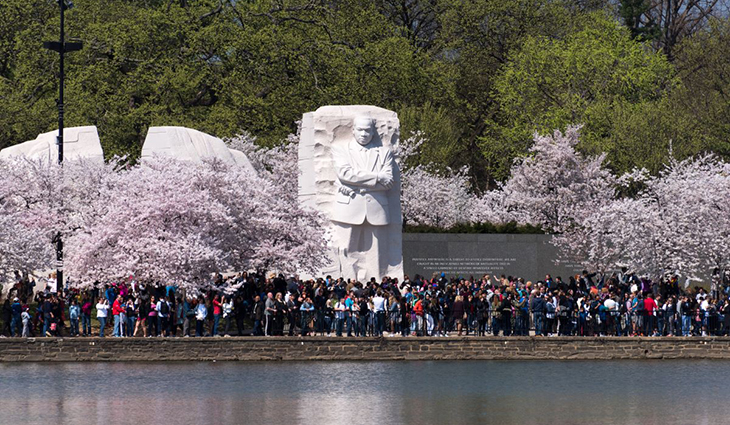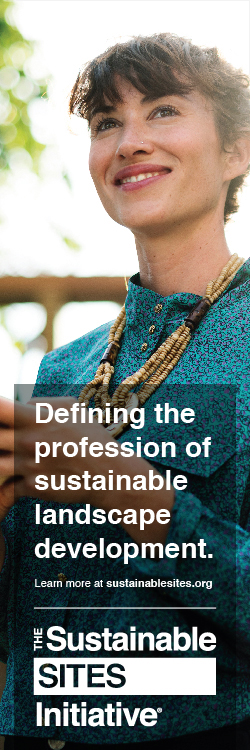African American Cultural Landscapes Guide
3/3/2024Leave a Comment

Martin Luther King, Jr. Memorial, Washington, D.C., 2016. Photo by Robert Lyle Bolton via Flickr.
The What’s Out There Guide to African American Cultural Landscapes, just launched by The Cultural Landscape Foundation (TCLF) in recognition of Black History Month, is an ever growing, richly illustrated, and extensively researched digital guide, featuring sites associated with African American cultural lifeways. It aims to amplify the visibility of these distinct historic places and inspire further research and exploration. In this guide, one can explore more than 140 site profiles and nearly 30 biographies of the people that have shaped these cultural landscapes, including landscape architects, architects, gardeners, and horticulturists. This, however, is just the start.
 Freedmen’s Town, Houston, TX, 2022. Photo by Carolina Craddock, courtesy The Cultural Landscape Foundation
Freedmen’s Town, Houston, TX, 2022. Photo by Carolina Craddock, courtesy The Cultural Landscape Foundation
Site entries — which include a concise site description, media gallery, information about the site’s designers, typology, and style, and indicates if a site has recognized significance (e.g. National Register of Historic Places) — will grow in number and more biographies of important designers and shapers will be added to this resource as well.
 Harriet Tubman Underground Railroad National Monument, 2012. - Photo by National Park Service, courtesy Wikimedia Commons
Harriet Tubman Underground Railroad National Monument, 2012. - Photo by National Park Service, courtesy Wikimedia Commons
“The fragility and invisibility of these landscapes makes them vulnerable to change or even worse, erasure. Working with academics, kin keepers, local and state non-profits, state, and federal agencies, TCLF aims to amplify the awareness and understanding of these unique places where history happened,” said TCLF’s President and CEO, Charles A. Birnbaum. TCLF is also asking the public to help by providing suggestions of sites and people for inclusion in the guide.
 Wink's Panorama, Lincoln Hills, CO, 2021. Photo by Dressel Martin, courtesy The Cultural Landscape Foundation
Wink's Panorama, Lincoln Hills, CO, 2021. Photo by Dressel Martin, courtesy The Cultural Landscape Foundation
What became evident to TCLF in the development of the guide are the limitations of existing language to describe and contextualize the types and styles of cultural landscapes associated with African American experiences and the need to address these gaps and expand this lexicon going forward. “TCLF also hopes that by including them in this digital guide we can begin to build a better contextual understanding of this distinct cultural landscape legacy that will lead to their protection, documentation, commemoration, designation, and public engagement so that they can endure and thrive for future generations,” said Charles A. Birnbaum. Furthermore, the hope is that this guide will inspire further research, investigation, contextualization, registration, and exploration of African American cultural landscapes.
.png)

.png)
.png)
.png)
.png)
.png)
(1).png)

